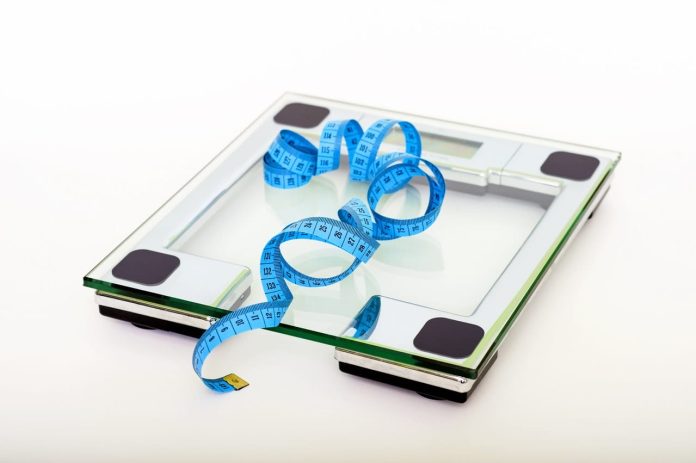There are many ways to attack the problem if you’re suffering from chronic muscle pain. For one, you can go to a doctor and request anti-pain medication for you. This helps manage your pain, but your doctor will want to examine the source of your pain more closely.
If doctors can narrow down the source of your pain, they can prescribe medications more accurately. That gives them a chance to find solutions that can give you relief almost immediately and remove your stress and anxiety about the whole process in the meantime.
You can also go to a pain management expert to help you with relief and the systematic alleviation of your pain. You can find pain specialists using offline and online resources. Seattle Pain Relief is one example of a pain specialist network. You’ll be able to find others. It’s good to go to a specialist because they are trained to targeting your pain at the source. That way, you can experience a more holistic way of healing.
Going to such pain experts will help you understand what caused your pain and give you a structure for therapy. That way, you can mend what is broken and strengthen your muscles so you can avoid further injury.
Along with these methods, it would be helpful to adopt lifestyle changes in order to be less susceptible to chronic pain such as arthritis and fibromyalgia.
A lot of studies have linked the correlation between diet and aerobic exercise with a significant decrease in bodily aches and pains. Conversely, those who have poor diets, are obese, and are generally physically unfit are more susceptible to pain disorders.
These lifestyle changes may seem simple, or they may seem difficult for you. It depends on how used you are to your current lifestyle. However, incorporating them every day may make it easier to avoid muscle and joint pain.
1. Daily exercise
Light aerobic exercise that gets you moving will help increase the release of endorphins, a natural chemical that gets released in your body and acts like morphine – it boosts your mood and helps reduce pain.
But that’s just one of the benefits of clocking in your daily dose of cardio. Movement prevents inactivity and gets you off your sedentary predisposition, helping increase flexibility in your muscles and joints. That makes them less susceptible to pain.
Apart from that, regular physical activity helps you manage your weight. Losing weight means losing unnecessary stress placed on your muscles and joints.
2. Anti-inflammatory diet
It would be good to get advice from your nutrition expert or doctor regarding your diet. Generally, stay away from fatty and processed foods—which contribute to a lot of inflammation in your body—and take in more plant-based, green leafy vegetables to help decrease inflammation and treat the sources of pain from such inflammations. There are specific vegetables, such as ginger, that even act as a natural analgesic.
You will also be able to benefit from the weight management that this diet change can give you. It can help you manage your pain as well.
3. Sleep Hygiene
The importance of getting quality sleep cannot be underestimated. That is the only time when your whole body works its magic on you. While you sleep, your body repairs your injuries, helps you recover from fatigue and stress, increases your immunity, and makes you more alert. All of these effectively help you make the right moves when an emergency situation, accident, or injury-prone action happens unexpectedly.
These are just some of the lifestyle changes you can take note of to be able to treat your pain and manage it better.
When you can incorporate these changes in your life, you may find that you are experiencing less pain. In the long term, you may find that you are less susceptible to chronic illnesses related to muscle pain, such as arthritis and other joint and muscle problems.




